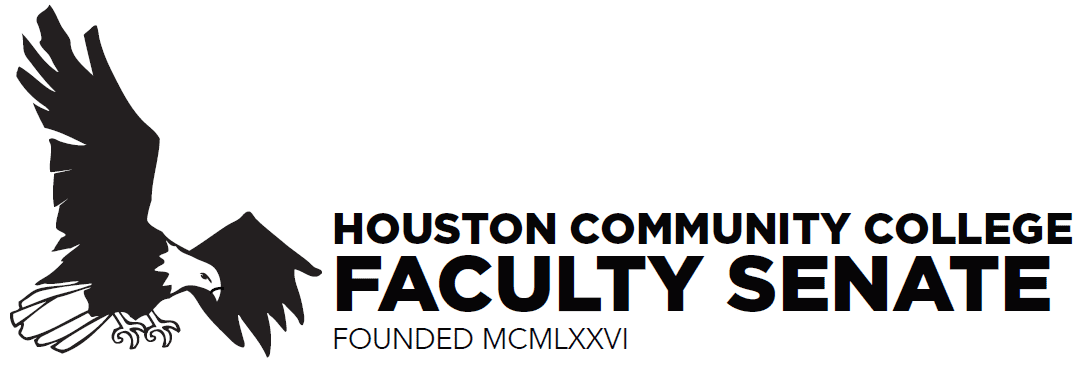In the summer of 2019, demands were made by certain administrators to hold faculty directly accountable for classes whose non-completion rates were unacceptable –by their own definitions. The demands included implied threats of forced professional development and other consequences. The Senate was rightfully appalled at this breach of protocol and academic freedom. For that reason, this position paper was drafted, approved, and sent to the Chancellor and to the Chief Academic Officer:
Student success and retention are critical areas in which faculty both are and must be the leaders. Faculty engage our student population and are most familiar with them. Faculty ensure that students get a quality education and that the credentials earned are legitimate, accurate, and honest. It is for this reason that SACSCOC rules stipulate that faculty direct the curricula and lead in shared governance.
Presidents, Vice Chancellors, and Associate Vice Chancellors, by contrast, are not academic leaders, but administrators. They have a vested interest in seeing that enrollment and retention levels remain high. For this reason, any demands that they make concerning what is and is not “acceptable” in terms of grades are inherently suspect. When administrators demand that faculty be singled out for their grading, it crosses a dangerous line. The message being sent is very clear, particularly to adjunct faculty: pass more students or suffer the consequences. We have seen in the past what can result from attempts to interfere with instruction: one need only recall the recent issues with Coleman College, which put the entire district’s reputation (and ultimately enrollment) at risk.
HCC’s system of shared governance already has accountability measures in place to guarantee rigorous, quality education, including yearly evaluation of faculty and a robust professional development program, both internal (TLE) and external (development funding for faculty). Chairs and deans are already well-positioned to evaluate the effectiveness of instruction, and the system whereby these instructional leaders may determine questions of fit and placement is flexible enough to ensure that our students receive the best instruction according to their needs. If there are problems, then faculty-based instructional leaders are the ones best suited to determining the nature of these issues and the appropriate remedies. (As well, any one data set taken out of context and lacking analysis cannot determine whether there actually are problems.)
For these reasons, the faculty must object to any measures that would lower rigor and quality, particularly when they are ultimately aimed simply at increasing retention and enrollment.

